
Step 1: Understand what scoliosis is
Nila, what does scoliosis feel like?


Feels like a heavy backpack full of bricks...
On the outside, everything might look normal, but Nila feels the weight every day. Some days, it’s just a slight discomfort; other days, it’s heavy and exhausting. Since others don’t see the backpack, they might not understand why certain movements are harder. But just because it’s unseen doesn’t mean it isn’t real.
Scoliosis is a condition where the spine curves sideways in an
“S” or “C” shape instead of being straight. It can occur at any
movement, and even breathing.

age but is most commonly diagnosed during adolescence.
Most cases are mild, but severe scoliosis can affect posture,
• Adolescent Idiopathic Scoliosis (AIS) – The most common type, appearing in children aged 10–18 without a known cause
• Congenital Scoliosis – Present at birth due to spinal malformations
• Neuromuscular Scoliosis – Linked to conditions like cerebral palsy or muscular dystrophy
• Degenerative Scoliosis – Develops in adults due to aging and spinal wear
• Functional Scoliosis – Caused by external factors like uneven leg length or muscle spasms
Types of scoliosis
Causes & Risk Factors
• Unknown cause (idiopathic scoliosis has no clear origin)
• Genetics (family history can increase risk)
• Neurological or muscular conditions
• Poor posture does NOT cause scoliosis
Step 2: Learn how to spot the signs
Symptoms of Scoliosis
• Breathing difficulties

• Uneven shoulders or hips
• One shoulder blade sticks out more when bending forward
• Clothes fit unevenly (one sleeve or pant leg appears longer)
• Back pain (more common in adults)
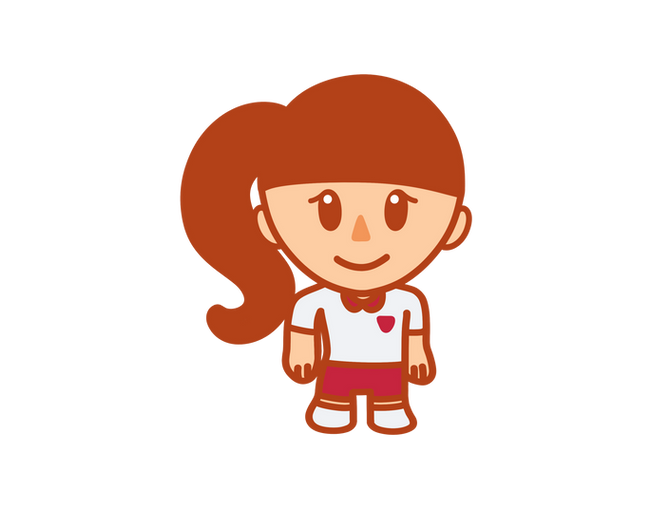
Uneven shoulders
The asymmetry is a fashion statement!
Clothes fit unevenly

Why Is It Difficult to Spot Early Signs of Scoliosis?
• No Pain in Early Stages
• Loose or Baggy Clothing Can Conceal It
• Lack of Awareness and Routine Checks
• Signs May Be Mistaken for Poor Posture
Step 3: Know how it's diagnosed
Diagnosis & Measurement
• Self-Check: Stand in front of a mirror or have someone check your back for unevenness
• Forward Bend Test: Bend forward and reach for your toes—any visible curve or rib hump may indicate scoliosis
• Scoliometer (Measures Angle of Trunk Rotation)
• X-ray (Determines the Cobb Angle, measuring the spine’s curvature)
Prominent shoulder blade
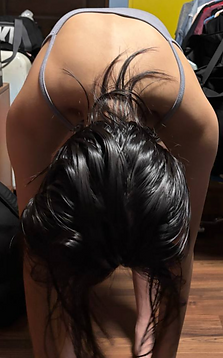
Forward Bend Test


Hurry Nila! Tell me
if my back's okay!
Forward Bend Test
What Happens If Scoliosis Is Left Untreated?
(Possible Curve Worsening)
• Untreated scoliosis can cause back pain, muscle strain, and stiffness, especially in adulthood
• Posture & mobility issues
• Breathing & organ function complications (severe cases only)
• Some children and teens feel self-conscious about their posture, leading to low self-esteem.

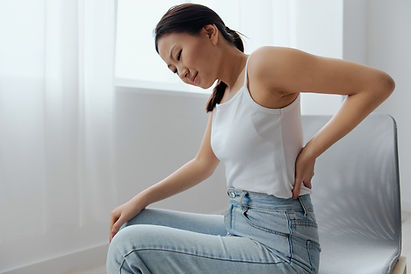
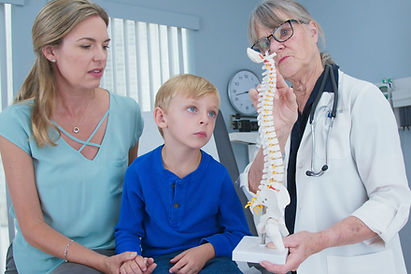
Step 4: Understand treatment options
Treatment options
Depends on severity (Cobb Angle measurement)
• Mild (<20°) – Monitoring, physical therapy (stretching & exercising)
• Moderate (20°–40°) – Bracing (e.g., Boston brace) to prevent progression, physical therapy
• Severe (>40°–50°) – Surgery (e.g., spinal fusion) for correction

...Yes, you do
I don't need
bracing... :)


• Surgery is for severe cases but does not make the spine 100% straight
• Bracing helps stop progression in growing children
• Mild scoliosis may not worsen and can be managed with physical therapy
Can Scoliosis Be Cured?
Stretching and exercising can help improve flexibility, posture, relieve pain and strengthen muscles that support your back.
Stretches for Scoliosis
• Child’s Pose – Stretches the spine and helps relieve tension
• Cat-Cow Stretch – Increases spinal flexibility and mobility
• Standing Side Bend – Improves flexibility and range of motion, relieves stress and tension
• Thoracic Extension Stretch – Improves upper back mobility
• Pelvic Tilt – Strengthens core muscles and maintains spinal alignment


Child's Pose
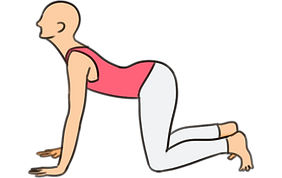
Cat-Cow Stretch

Standing Side Bend

Thoracic Extension

Pelvic Tilt


WOAHHH
Strengthening Exercises for Scoliosis
• Planks (Forearm or Side Plank) – Builds core stability and supports the spine
• Bird-Dog Exercise – Enhances spinal control and strengthens the back muscles
• Reverse Snow Angel – Strengthens back muscles that help support the spine
• Bridge Exercise – Strengthens the lower back, glutes, and core muscles

Plank

Reverse Snow Angel
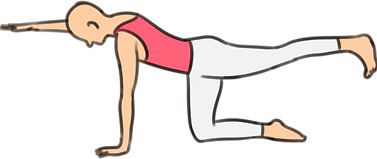
Bird-Dog Exercise
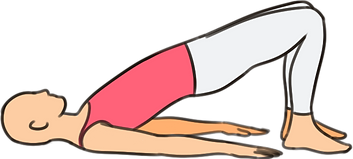
Bridge Exercise
Step 5: Avoid misconceptions & spread awareness
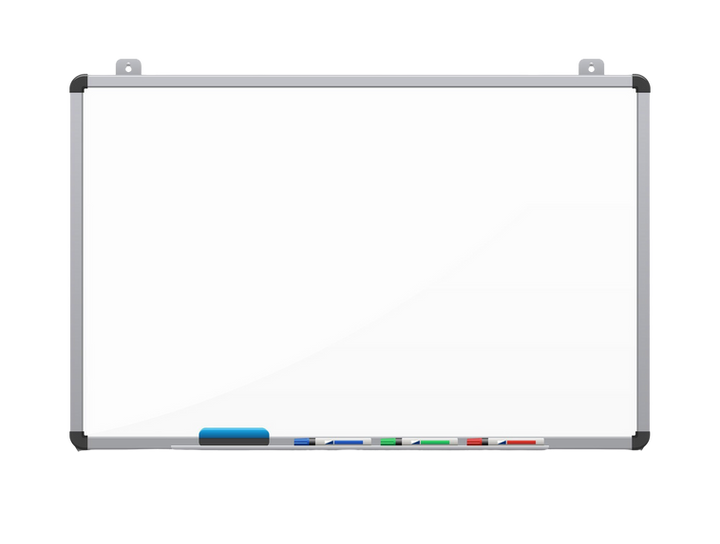
Designed by Freepik

Myth: "Scoliosis is caused by bad posture." (It's mostly genetic or idiopathic.)
Myth: "People with scoliosis can’t exercise." (Many activities actually help!)
Myth: "Braces always fix scoliosis." (They prevent it from worsening but don’t fully straighten the spine.)
Share awareness during National Scoliosis Awareness Month (June) or encourage early screening in schools.
Referral
If the angle of trunk rotation (ATR) measured using a scoliometer measures to 5° or higher, it is recommended to apply for a checkup.
5° to 7° may indicate mild scoliosis, monitoring is recommended.
7° or more, there is higher risk of scoliosis; professional evaluation is strongly advised.
In Singapore, several government hospitals provide monitoring and treatment for adolescent idiopathic scoliosis:
Singapore General Hospital (SGH): Offers comprehensive care for scoliosis patients.
National University Hospital (NUH): Provides specialized services for scoliosis management.
KK Women's and Children's Hospital (KKH): Features Singapore's first one-stop pediatric orthotic center, focusing on scoliosis care for children and adolescents.
Changi General Hospital (CGH): Offers services for scoliosis patients.
Sengkang General Hospital (SKH): Provides care for individuals with scoliosis.
These institutions are equipped to monitor and manage adolescent idiopathic scoliosis, offering various treatment options tailored to individual needs.
